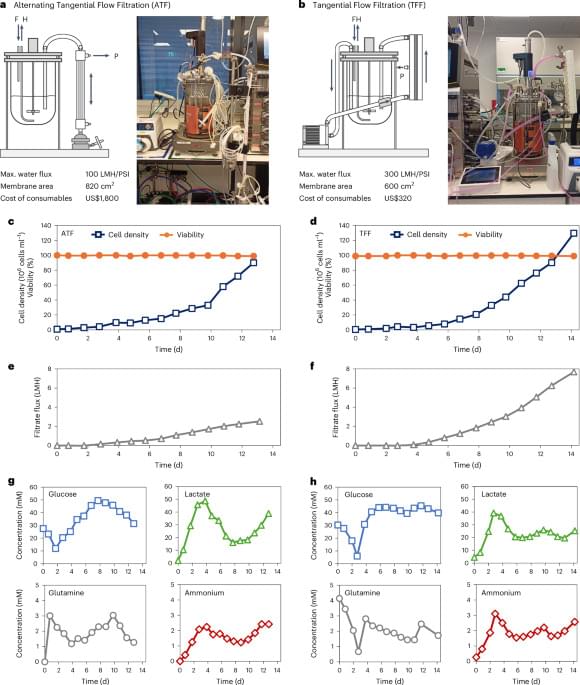A man who received a partial face and eye transplant after a serious accident does not have any vision in the transplanted eye, but the eye itself is still alive.
By Tanya Lewis

A man who received a partial face and eye transplant after a serious accident does not have any vision in the transplanted eye, but the eye itself is still alive.
By Tanya Lewis


face_with_colon_three year 2022.
Astrophysicists hope a map created by the Dark Energy Spectroscopic Instrument will help answer questions about the expansion of the universe.

If you love card games, definitely check out Doomlings. Click here and use code ISAAC20 to get 20% off of your copy of Doomlings! https://bit.ly/IsaacDoomlings.
Could something in the future alter the past, so that effect came before cause? Does quantum mechanics truly allow this, as often hinted?
Join this channel to get access to perks:
/ @isaacarthursfia.
Visit our Website: http://www.isaacarthur.net.
Join Nebula: https://go.nebula.tv/isaacarthur.
Support us on Patreon: / isaacarthur.
Support us on Subscribestar: https://www.subscribestar.com/isaac-a…
Facebook Group: / 1583992725237264
Reddit: / isaacarthur.
Twitter: / isaac_a_arthur on Twitter and RT our future content.
SFIA Discord Server: / discord.
Credits:
Retrocausality: Cause After Effect.
Episode 461a; August 25, 2024
Produced, Written \& Narrated by: Isaac Arthur.
Select imagery/video supplied by Getty Images.
Music Courtesy of Epidemic Sound http://epidemicsound.com/creator

The graviton – a hypothetical particle that carries the force of gravity – has eluded detection for over a century. But now physicists have designed an experimental setup that could in theory detect these tiny quantum objects.
In the same way individual particles called photons are force carriers for the electromagnetic field, gravitational fields could theoretically have its own force-carrying particles called gravitons.
The problem is, they interact so weakly that they’ve never been detected, and some physicists believe they never will.

Cancer treatment has reached a new milestone with the development of an innovative method to destroy cancer cells using molecular jackhammers, offering hope for more targeted and efficient therapies.
This cutting-edge approach utilizes advanced molecular science to disrupt cancer cells in a way that could minimize harm to healthy tissue.
A collaborative team of scientists has found that stimulating aminocyanine molecules with near-infrared light causes them to vibrate in sync, producing enough force to effectively rupture the membranes of cancer cells without invasive procedures.

In the ongoing battle against cancer, a new AI approach is being explored that holds the potential to revolutionize the future of personalized cancer treatments.
The technology, which is an amalgamation of artificial intelligence, molecular dynamics simulations, and network analysis, aims to predict the binding sites on cancer-related proteins. This will pave the way for a faster development of treatments tailored for individual cancer patients.
The study was led by Dr. Rafael Bernardi, an associate professor of biophysics in the Department of Physics at Auburn University. As part of a collaborative effort with the University of Basel and ETH Zurich, the team is breaking barriers on how we understand and fight cancer.

